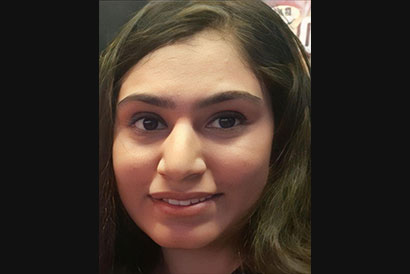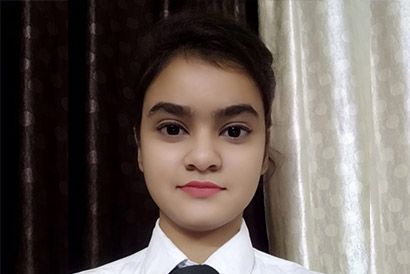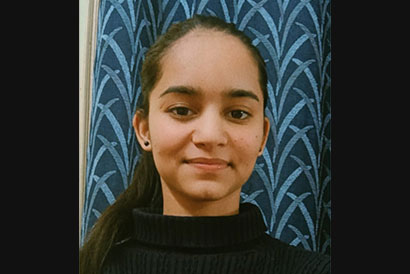Register Now for CU Joint Campus Placement Programme Register Now
Our Institutes
-
University Institute of Engineering
A New Era in Engineering Education awaits you with dynamic experiential learning and a flexible academic model.
-
University Institute of Business
Embark on your path to corporate leadership with world-class facilities, research focus, innovation culture & entrepreneurial zeal.
-
University Institute of Computing
Gain the ultimate toolkit for success in computing with our versatile degree and hands-on learning experience.
-
University Institute of Pharma Sciences
Seize the unparalleled opportunity to become a future Healthcare Pro & immerse yourself in a clinically focused, science-driven course.
-
University Institute of Biotechnology
Dive into the fascinating world of Biotechnology and Biosciences within our research-oriented environment.
-
University Institute of Architecture
Master architecture as core professionals with cutting-edge tech and insights from the global community.
-
University Institute of Liberal Arts &
Humanities
Step into a hub of cultural diversity, where learning centers on critical thinking, creativity, research, and communication skills.
-
University Institute of Film and Visual
Arts
Experience next-gen multimedia education, merging technology with traditional art for the next generation of industry leaders.
-
University Institute of Teachers Training
And Research
Your pathway to becoming an exceptional educator with NCTE approval, collaborative partnerships and much more.
-
University Institute of Legal Studies
Become a top-notch Legal Professional a blend of tradition and modernity in Legal Education.
-
University Institute of Media
Studies
Your path to industry-ready media professionalism with hands-on training, a dynamic environment & global collaborations.
-
University Institute of Sciences
Be a future leader with a pioneering blend of academic excellence, research endeavors, and hands-on learning.
-
University Institute of Applied Health
Sciences
Lead the forefront of Allied Health Sciences with a clinically focused curriculum and immersive learning experience.
-
University Institute of Design
Embark on your journey with our comprehensive Design programs, guided by experienced faculty & tailored for success.
-
University Institute of Tourism &
Hospitality Management
Lead the way in hospitality education with cutting-edge training, facilities & a unique blend of theoretical knowledge & real-world experience.
-
Global School of Finance and Accounting
Unveil a revolutionary approach to finance education with dynamic experiential learning.
-
Centre for Advanced Studies in Social Science and Management
Embrace a new era of dynamic learning & flexibility in social science and management education.
-
University Institute of Physical Education and
Sports
Lead the way in physical education with emphasis on fundamental principles, psychological aspects, and leadership development












